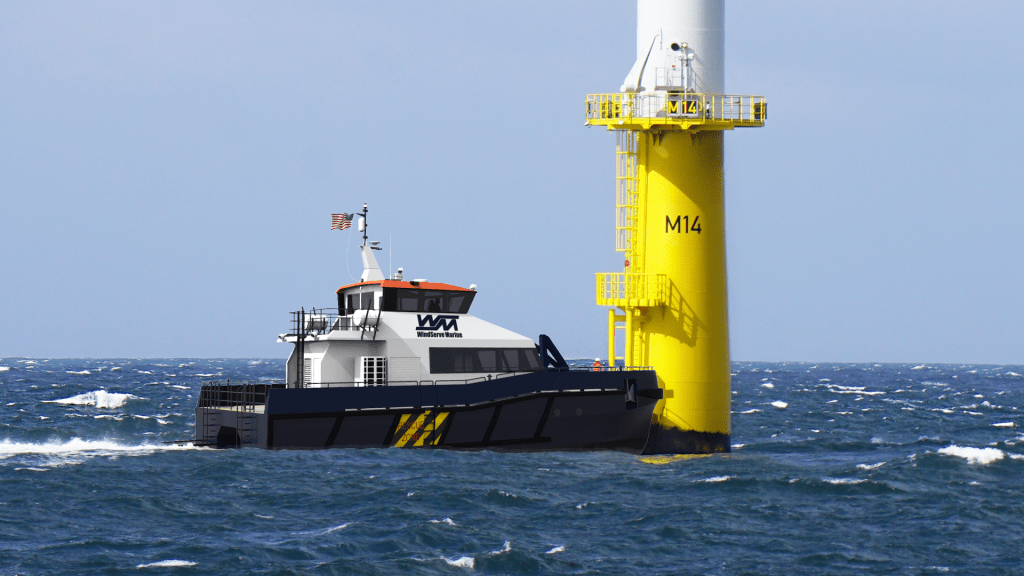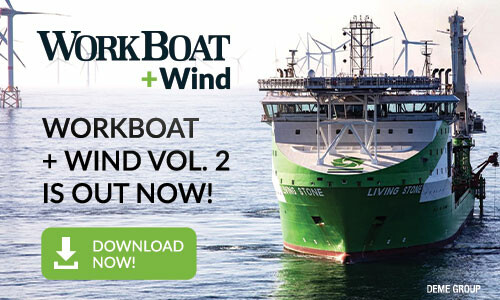Offshore Wind: Building a Supply Chain

[ad_1]
DDespite their enthusiasm to host offshore wind power, the northeastern states have nonetheless tried to strike firm deals with developers: guarantees that they will buy from local companies, build new facilities in the state. and hire local labor – usually union allies of political leaders.
“We really want it all,” admitted Doreen Harris, president and CEO of the New York State Energy Research and Development Authority, whose state was the first to make deals with companies like Ørsted and Equinor.
But as the industry strives to grow in the United States, the focus is quickly shifting to building a national supply chain – and more players are eager to offer their services, often far from the northeast with its high cost to do business.
Some offshore operators, manufacturers and shipbuilders in the Gulf of Mexico are already well positioned to be the backbone of offshore wind. At the Business Network for Offshore Wind (BNOW) International Partnership Forum (IPF) in August, around 20 people from the US Gulf Network Working Group discussed how to recruit more of their peers into the wind power.
“I think we are suffering a bit from the stigma of wind development on the east coast†resulting from delays in obtaining permits, said Doug Campbell of RDC Inc./ Petroleum States, Houston. But Campbell and others have said the time may have come to spread the word in the Gulf industry, with steps the Biden administration has taken to expedite the review and approval of wind projects.
The Gulf region’s vast resources of offshore experience and human capital provide an advantage. Another is falling trade and labor costs, which could even make the Gulf states attractive to manufacturers of offshore wind equipment, group members said.
The East Coast states, with their power purchase agreements with wind developers, “are trying to get as much business in their states” as possible, said Jamie Lescinski of Boskalis Sea Energy Inc., Houston.
“It will be an American supply chain, not a state supply chain,†said Liz Burdock, president and CEO of BNOW. “I think we realize it, but it’s going to take time.”
Burdock said it was imperative to develop this national supply chain for there to be any chance of meeting the Biden administration’s goal of building offshore wind turbines in the United States from the current 42 megawatts. – two pilot projects off Rhode Island and Virginia – at 30 gigawatts in 2030. Right now, she said, “we don’t have the businesses.”
One of the first large parts to be built in the United States will be an offshore substation to channel the electrical power of the 132-MW South Fork Wind project east of Montauk, NY, by Ørsted and Eversource.
In a speech at IPF, Ørsted North America President and CEO David Hardy announced that the US manufacturer Kiewit offshore services Ltd. will design and construct the South Fork substation. The 1,500-ton, 60-foot-high substation will be built at Kiewit’s facility in Ingleside, Texas.
Kiewit says 350 workers in three states will support construction of the structure, with additional crews in Houston and Kansas. Unionized workers from the Northeast will work on the facility.
Kiewit expects construction to begin in November and end in spring 2023. The substation will cross the Gulf of Mexico and move up the east coast for installation in summer 2023.
“The best proof is that we are creating jobs today,†and not just on the coast, said Hardy.
Speaking to the conference by remote video, American wind CEO Jeff Grybowski spoke about his company’s Sparrow’s Point manufacturing facility near Baltimore, once the site of Bethlehem Steelthe largest plant.
The company will manufacture turbine tower components for use by any US wind developer, he said.
“There is no faster way to speed up deployment [of offshore wind] than creating jobs now, â€said Grybowski, who started the Block Island wind farm pilot project off Rhode Island, now owned by Ørsted. “There are a dozen proposals to build manufacturing projects along the East Coast.
“The direction of the political winds is pretty clear,†and the equipment for the US wind industry needs to be built here, Grybowski said.

[ad_2]
